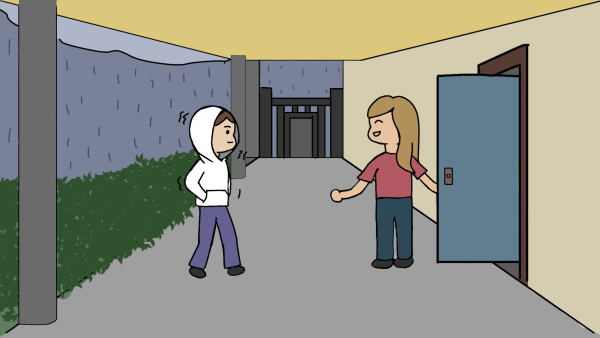Assigned Seats: Purposeful, not Popular
March 15, 2018
Despite the fact that many students dread seating charts, they often overlook the logical benefits of it. Assigned seating improves student performance and prepares them for future jobs, proving that while the seating chart may not be a popular choice, it is an important one.
Some students argue that sitting next to peers with whom they are not familiar is uncomfortable. However, in the workplace, seating is not something an employee can always choose. Building tolerance and respect in high school for diverse opinions prepares students for job occupations and social scenarios.
“That’s a great way to prepare for the real world; you’re not always going to be with your best friend. I don’t know anyone besides two people who happen to work in the same exact company after college, and they aren’t even in the same department,” literary and language arts teacher Doris Schlothan said. “You have to be able to learn how to function with people who you might never become best friends with.”
Contrary to popular student opinion, assigned seating generally garners better grades than free seating. In a study conducted by Montana State University, it was concluded that students did better academically when in assigned seating. This increase in performance quality is due to less distraction in the classroom.
“I feel like it provides structure,” math department chair Shelley Godett said. “I strategically do create the seating chart for people that require to be in the front for various reasons, either for eyesight or for concentration. Also, I try to put the ones that need help and sit them next to someone who doesn’t need help.”
Although free seating can be more enjoyable at times, for new students, it is often the opposite. Returning students have seats reserved with their friends, while new students have no idea where to sit. In assigned seating, the new student is integrated easily into the classroom and can be confident in his or her seat.
“Teachers are here to work with students amicably and help them learn, so when it gets hindered because you have to constantly tell that student to stop talking, I know it happens because it isn’t assigned seating,” Schlothan said. “How could I expect that this 13 [or] 14-year-old who is in his or her sixth hour of class to not help but talk to his neighbor.”













